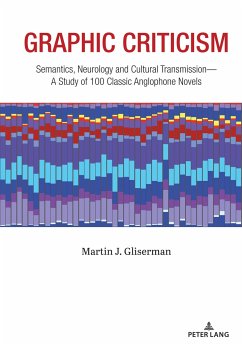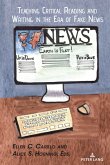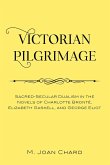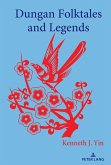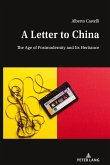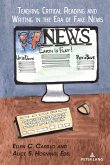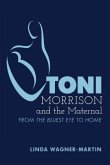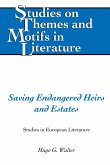Graphic Criticism analyzes the semantic families of one hundred Anglophone novels written between 1719 and 1997. The analysis demonstrates that these novels embed a code for semantic distribution, and that code is the way that cultural values are transmitted. The longitudinal aspect of the analysis illuminates what T.S. Eliot called "tradition." Graphic Criticism also zooms in on the particulars of a variety of the corpus texts to reveal Eliot's "individual talent." Thus while the corpus indicates that the proportion of any semantic feature is consistent across time, each writer creatively works and plays with that feature in his or her own style.
"Graphic Criticism offers a highly original angle on fiction. Applying the data mining and concordancing tools of corpus linguistics to one hundred Anglophone novels published between the early eighteenth and late twentieth century, Martin Gliserman uncovers the semantic networks that structure these texts underneath overt form-giving features such as syntax and plot. The visualisations of his findings in charts and mind maps provide a panoramic view on the larger cultural trends that can be deduced from the presence and distribution of prominent words in literary texts and enable focused micro readings documenting the semantic patterns that make up the unique identity of these sources. His findings shed light not only on the nature of the texts investigated (their 'semantic unconscious), and hence on their authors' distinctive styles, but also on the cognitive expectations these novels have of readers, providing a compelling and illuminating reminder that neither formalism nor structuralism have lost their heuristic relevance for the study of literature in the twenty-first century." -Anja Müller-Wood, University Professor, Johannes Gutenberg-Universität Mainz; Editor, International Journal of Literary Linguistics

